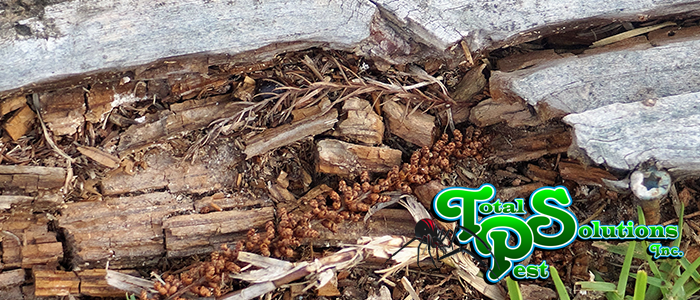
Insects have appeared in mythology around the world from ancient times. Among the insect groups featuring in myths are the bee, fly, butterfly, cicada, dragonfly, praying mantis, and scarab beetle.
Mythology & Insects: An Introduction
Insect myths may present the origins of a civilization, or of their skills such as finding honey. Other myths concern the nature of the gods or their actions, and how they may be appeased. A variety of myths tell of transformations, such as between the soul of a living or dead person and a butterfly in Japan. Also, insects appear as symbols of human qualities such as swiftness, or as a sign of forthcoming trouble; accordingly, they may appear as a talisman to ward off evil.
Butterflies
There are many links with butterflies in mythology from all around the world. The metamorphosis of butterflies and moths is one of the mysteries of Nature. The ability of these insects to change from the crawling caterpillar to the flying adult is almost magical. The butterfly has become a symbol with many meanings, but most commonly symbolizing rebirth, renewal, transformation and hope.
Many ancient civilizations believed that butterflies were symbols of the human soul. In some cultures it was believed that a new human soul was born each time an adult butterfly emerged from its cocoon; in other cultures, butterflies were also considered to be the souls of those who had passed away. Because of this belief that the human soul took the form of a butterfly, they were often viewed with great respect and sometimes with fear.
Scarab Beetles
The scarab (kheper) beetle was one of the most popular amulets in ancient Egypt because the insect was a symbol of the sun god Re. This association evolved from the Egyptians’ misunderstanding of the scarab’s life cycle. An adult beetle lays its eggs inside a ball of dung, which is then buried underground. When the young beetles hatch, the only portion of this process easily visible to an observer is the beetle emerging fully developed from a dung ball, a seemingly magical event. Thus, the Egyptian word for scarab translates as “to come into being.”
The particular species of beetle represented in the numerous ancient Egyptian amulets and works of art was commonly the large sacred scarab (Scarabaeus sacer). Millions of amulets and stamp seals of stone or pottery were fashioned in Egypt depicted the scarab beetle.
Bees
In some areas of New England and Appalachia, it was believed that once someone died, it was important for the family to “go tell the bees” of the death. Whoever kept the bees for the family would make sure the bees got the news, so that they could spread it around. Ancient Egyptian pharaohs used the honeybee as the royal symbol, during the period between 3000 B.C.E. and 350 B.C.E.
The Greeks believed that a baby whose lips were touched by a bee would become a great poet or speaker. If a bee flies into your house, it means that someone is coming to visit. However, if you kill the bee, the visitor will bring you bad news. On the other hand, if a bee lands on your hand, it means money is coming your way. Bees are, in some cultures, associated with purity. This is because the worker bees that produce honey never mate.
Dragonflies
There’s something magical about seeing a dragonfly darting between the reeds on a spring day. With their jewel-like colors and ability to fly backward, they’re quite the aerial specialist. The dragonfly is one of the oldest of the insect species. They also represent both air and water, since their larvae often hatch out of water. In many mythology tales, they symbolize wisdom, communications from the elements, adaptation, insight, and transformations.
continue reading
Related Posts
Holiday Pest-Free Homes in Winter Haven: Avoiding Cargo Pests As
Auburndale’s Mole Cricket Damage: Repairing Turf Before Frost As the
Lakeland’s Fall Termite Swarms: Early Detection Tips As the summer






